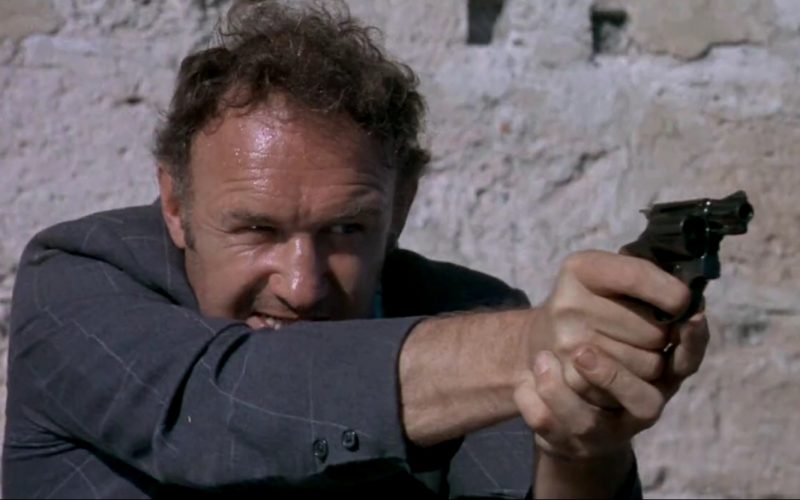French Connection II (1975).
Despite it’s unique style and ultimately somewhat dour tone, William Friedkin’s The French Connection was a massive critical and commercial success in 1971, and played its part in ushering in the edgy filmmaking style that would permeate much of ‘70s mainstream cinema. The original film’s ending makes a point of being ambiguous, leaving much unresolved. This isn’t a flaw, but part of what makes it such a great film. Nevertheless, such success begets a sequel in Hollywood, and it fell to John Frankenheimer to tell us what happened to Jimmy ‘Popeye’ Doyle after the somewhat disastrous ending of the first film. Any other typical sequel would have been merely a retread of the first, likely with a different antagonist, but still set in the same previously established, familiar setting like the numerous Dirty Harry sequels where the city of San Francisco became a character in and of itself, one synonymous with the series.
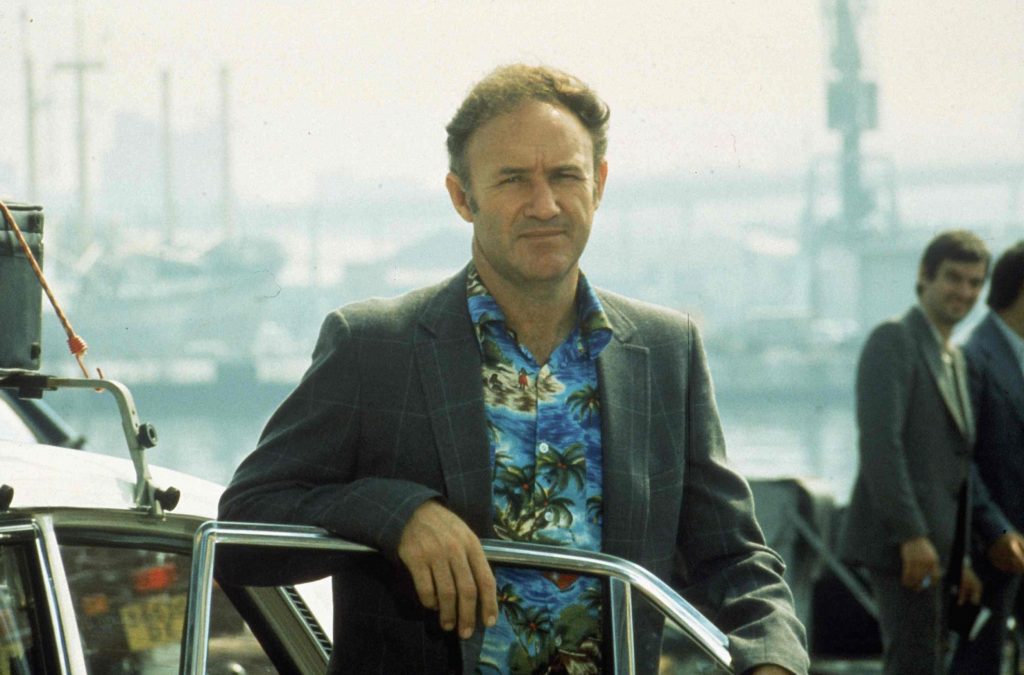
This particular sequel bravely moves from the cold and grimy Brooklyn back streets, something that was such a vital part of that first film, to picturesque, sunny Marseilles, home of ‘Frog One’ himself, Alain Charnier, again played by Fernando Rey. We pick up Doyle as he arrives in Marseilles to assist the French authorities in identifying and tracking down the elusive Charnier. Here begins one of the film’s main defining themes, that of Doyle as a fish out of water. Here Doyle’s savvy streetwise Brooklyn knowledge is redundant. He has no comprehension as to the particulars of French culture, no bearing as to where he is and most importantly, no grasp whatsoever of the French language, making something as simple as ordering a Bourbon in a bar a challenge. This particular facet of French Connection II is something that Frankenheimer picks up and runs with and becomes one of the key narrative cruxes in a film that fragrantly and confidently eschews convention almost as much as its predecessor did.
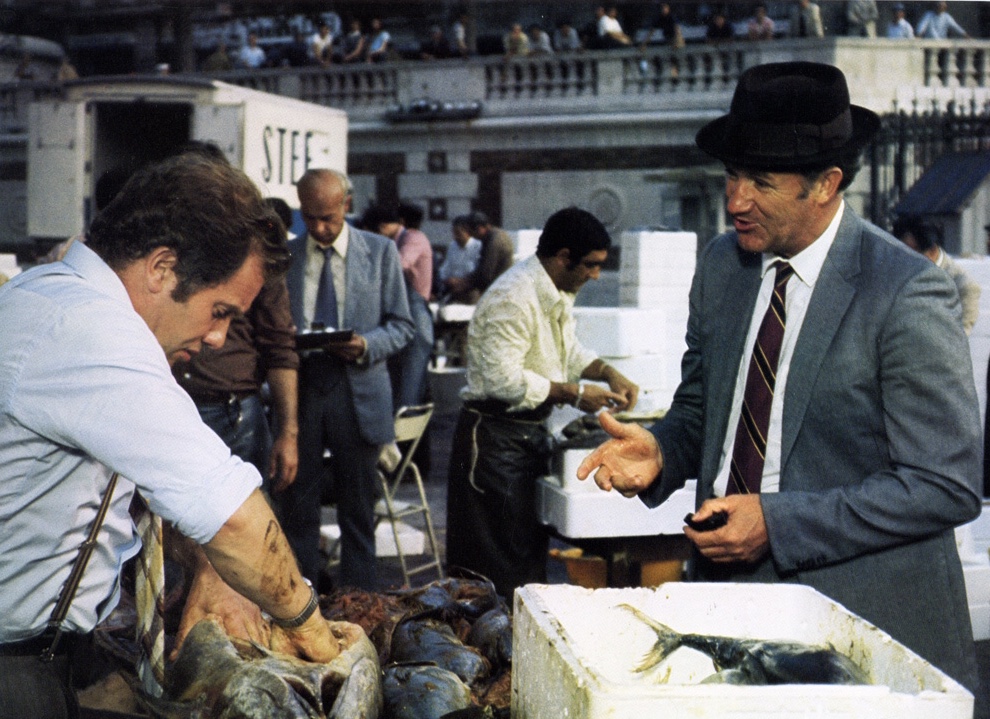
From the moment Doyle sets foot in Marseilles, he’s in wholly unknown territory, not just geographically but more importantly, culturally. In the first film it was clear that Doyle was a man who lacked any kind of understanding of or gave any consideration to class, culture or social standing. Criminals were criminals and it was his job to bring them all to justice in his inimitable way. Whether his rough sensibilities offended anyone along the way mattered not, his drive to fight crime was front and centre in his mind. Take such a man and drop him into the stylish and sophisticated French Riviera and he’ll truly encapsulate a man out of his comfort zone, a flapping, gasping fish out of water. Watching with unease as Doyle clumsily traverses his new, temporary home provides much of the hook of the first half of French Connection II and once again it’s made all the more entertaining because of Hackman.
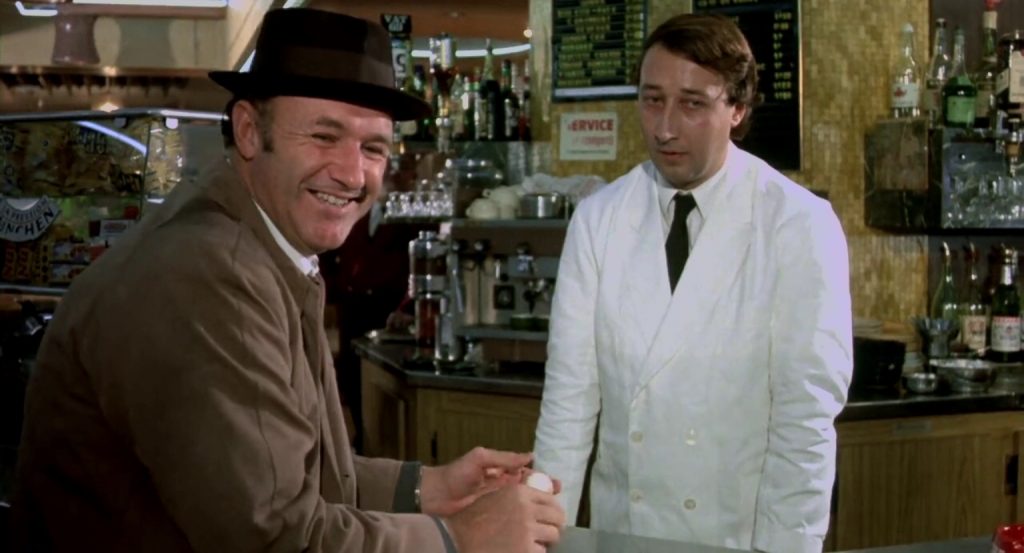
Doyle’s predilection to rash action and his inability to read the terrain leads to the murder of a police informant, much to the chagrin of Doyle’s reluctant ally, police lieutenant Barthélemy, well played by Bernard Fresson. Barthélmy is understandably reluctant to warm to the boisterous and unprofessional Doyle, the antagonism of their relationship only subsiding when Doyle later finds himself in dire need of Barthélmy’s help.
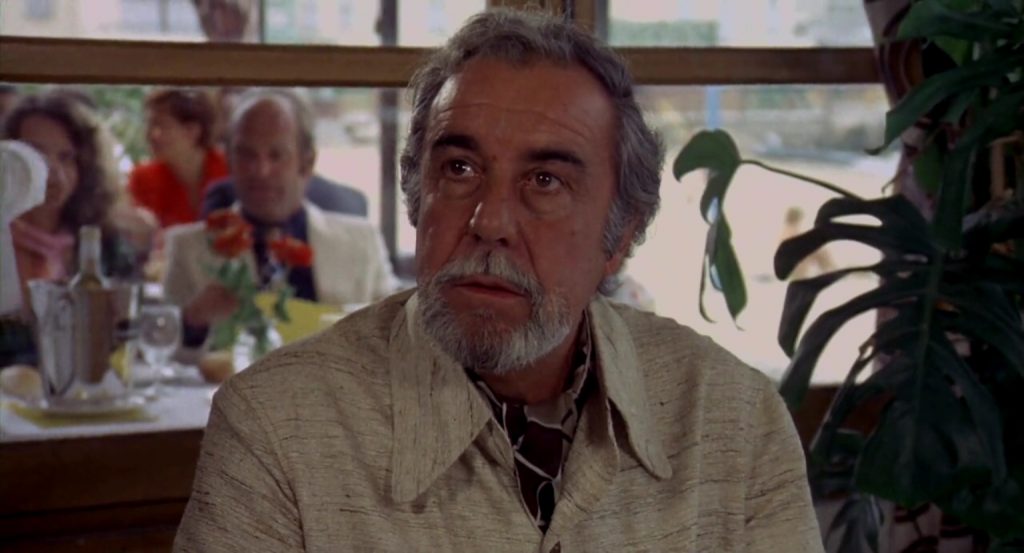
As Doyle bumbles around Marseilles looking for clues as to Charnier’s activities, he‘s spotted by the man himself and promptly abducted, and in the film’s second ace up its sleeve, is held captive and injected with Heroin. The film now takes a dramatic and wholly unexpected turn and Hackman’s acting chops are exercised to their limit making this, for me, an Oscar worthy performance, with Doyle now resembling the junkies he’s spent most of his career chasing. In a moment so subtly disturbing, we see Doyle, whilst still holed up in the heroin den, visited by a seemingly benign, elderly lady. As she offers him comfort, her hands twisted with arthritis, we see the unmistakable evidence of track marks on her arms as she relieves Doyle of his watch. It’s a deeply disturbing scene that plays on our preconceived ideas as to the profile drug addicts should take, none more so than the narcotics cop turned addict that Doyle has now become.
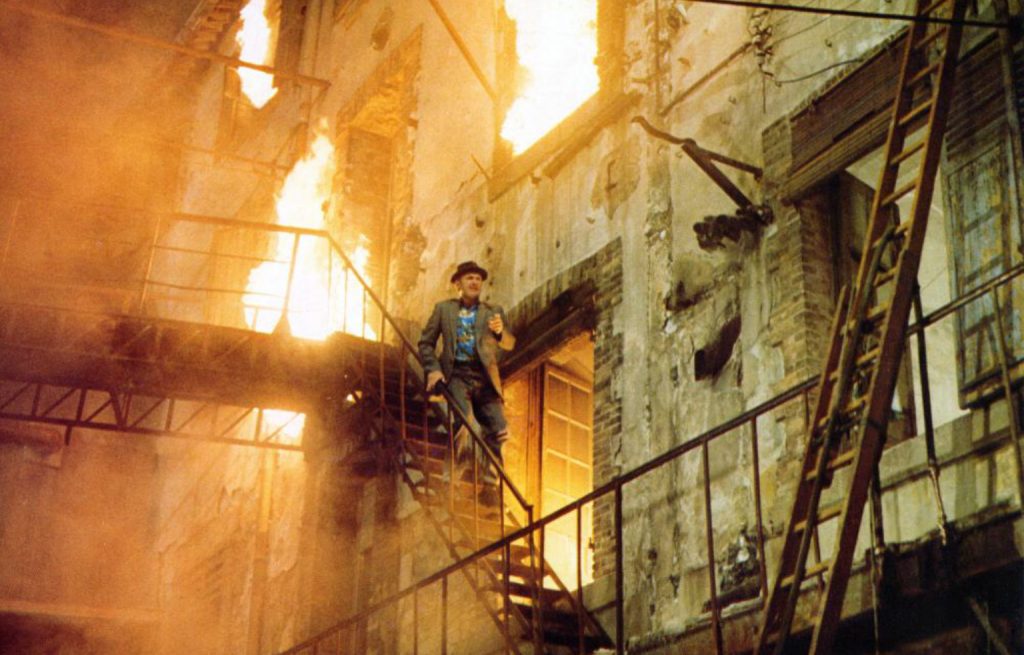
After his release we see him forced to go cold turkey by Barthélemy, and some of the extended takes of this harrowing ordeal are a veritable Tour De Force of acting. The ‘Micky Mantle’ speech being particularly memorable. This is Hackman’s show all the way and he stretches his acting muscles further than he ever had before or possibly even since. It’s a tough watch at times but the lead performance makes it riveting viewing.
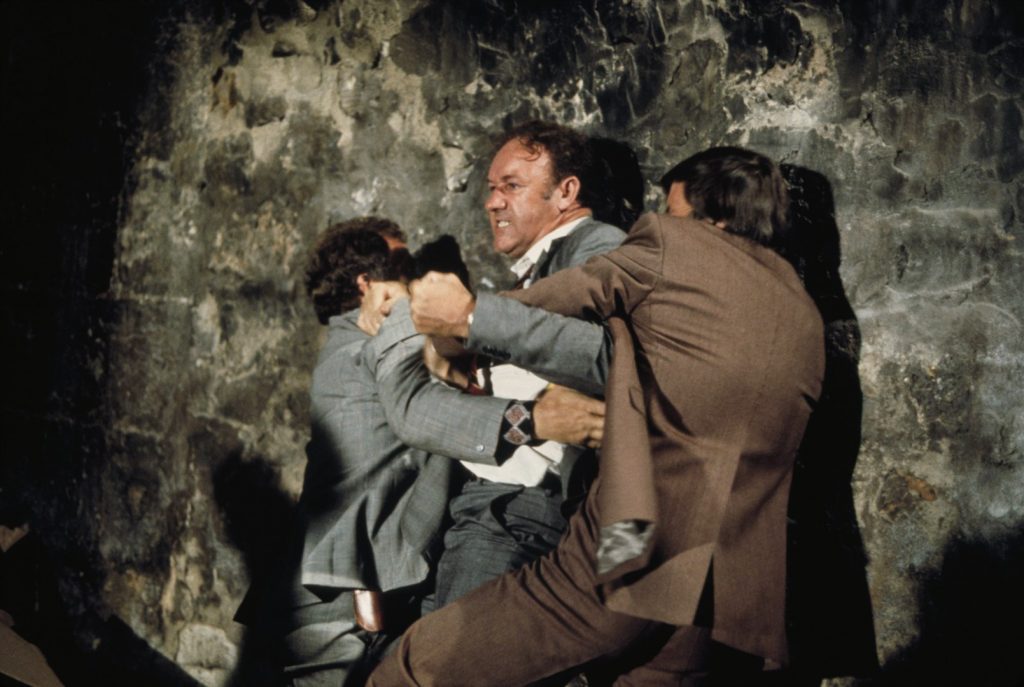
Whereas the first film had it’s famous car/L-train chase, the sequel climaxes with a foot chase through Marseilles, the end result of which remains one of the most satisfying final shots (literally) that I’ve seen in a film. We really feel Doyle’s desperation and Heroin induced fatigue, but he simply will not give up even if it kills him. The ordeal he’s been through was played out in such a laboured but always measured manner that it amply conveys the struggle and torment that Doyle is experiencing. It’s entirely necessary within the requirements of the narrative as it makes his subsequent recovery at the other end all the more rewarding.
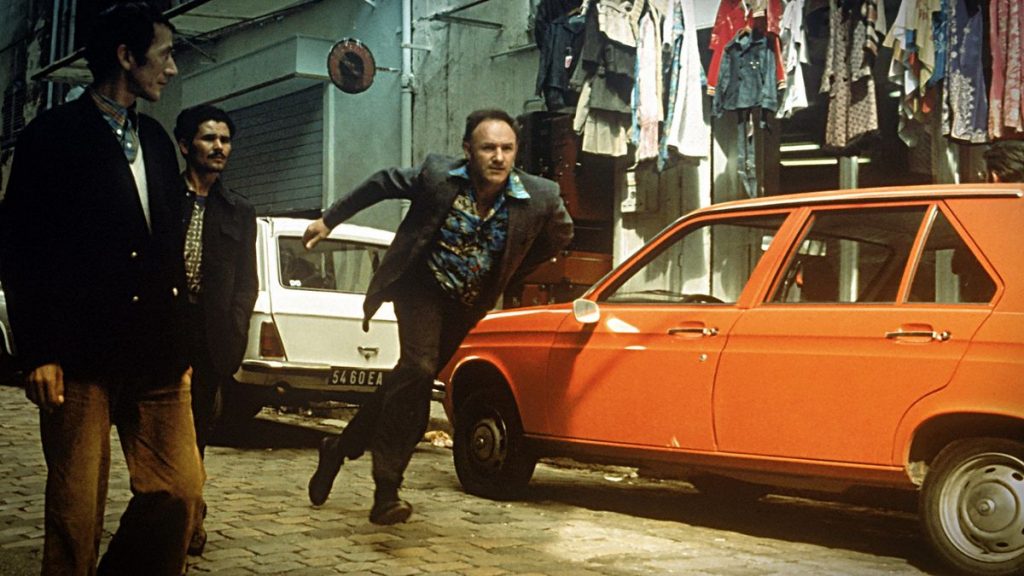
French Connection II may not have the fresh grittiness of the original, but it earns a hefty amount of points for its brave plot choices, Hackman’s incredible performance and that oh-so satisfying final foot chase. Easily one of the most daring and ultimately underrated sequels ever, French Connection II gets my highest recommendation. Go on, give it a shot.
Film ‘89 Verdict – 9/10

